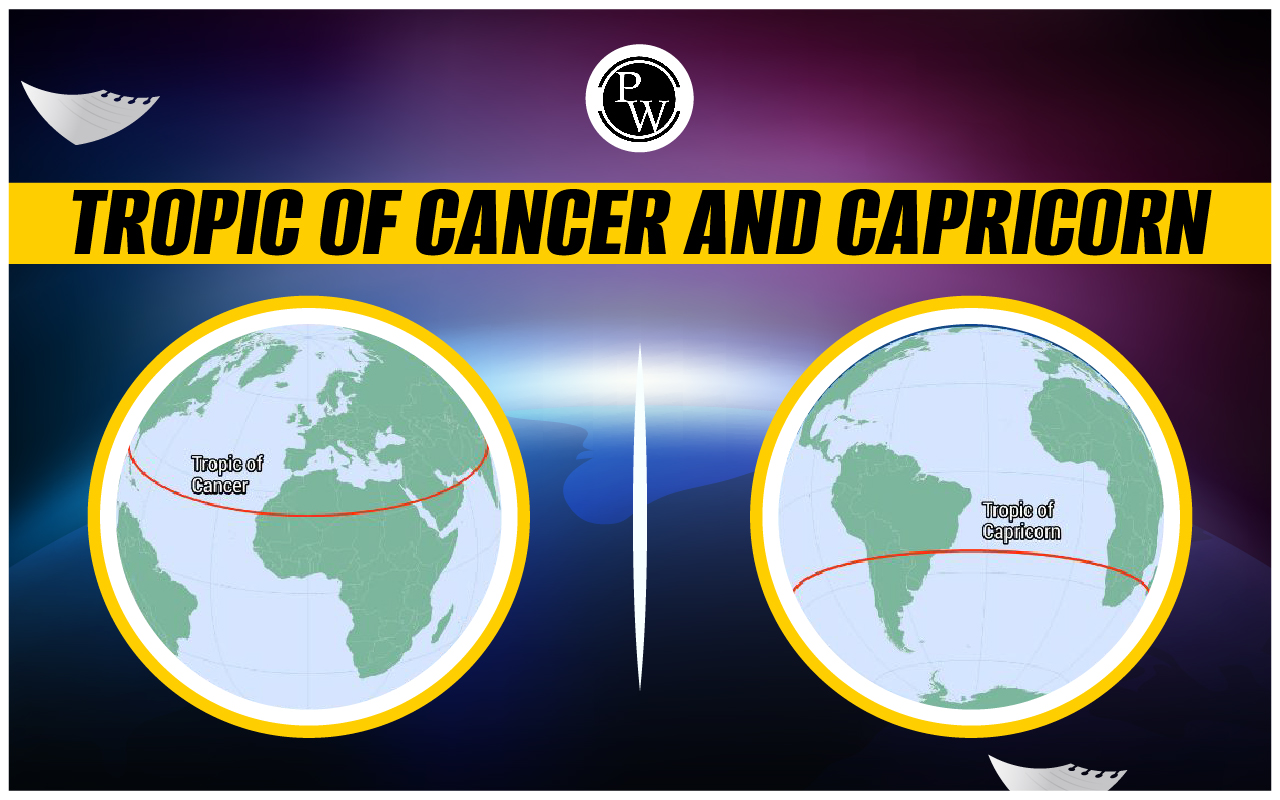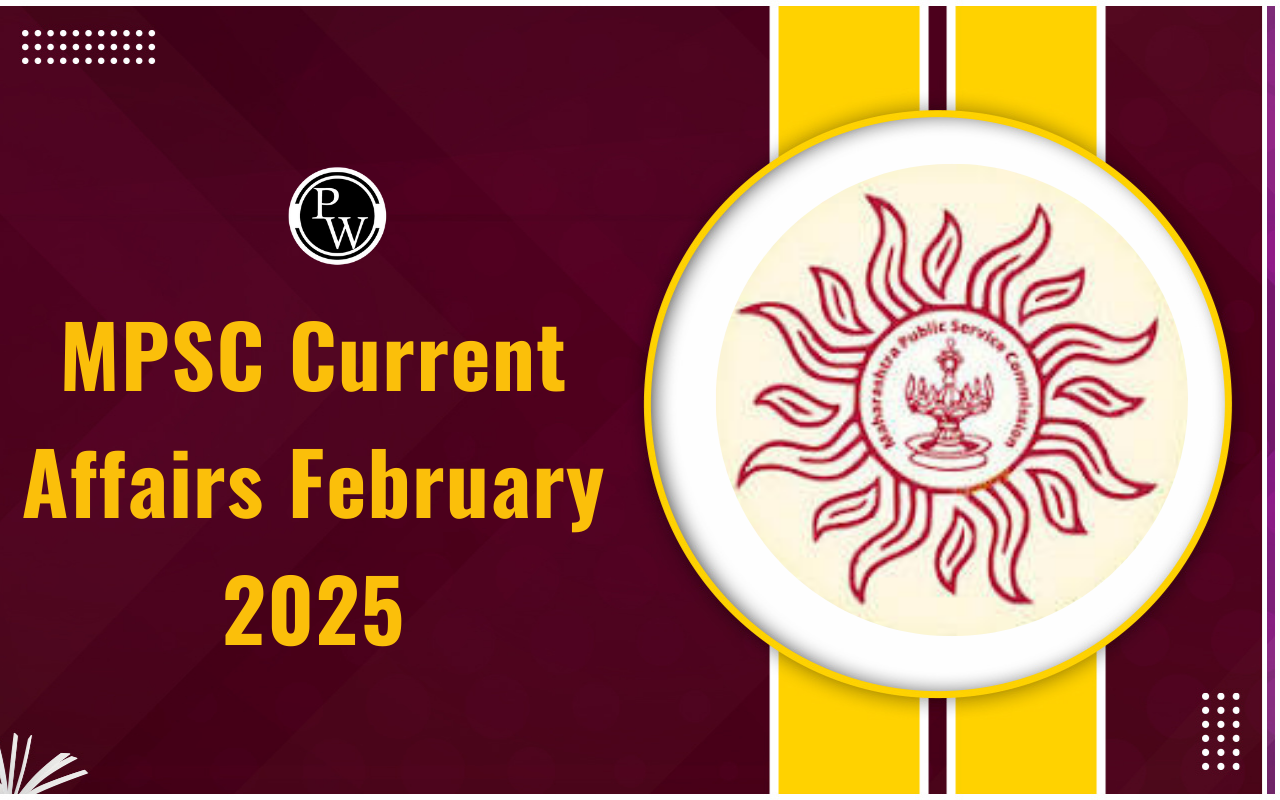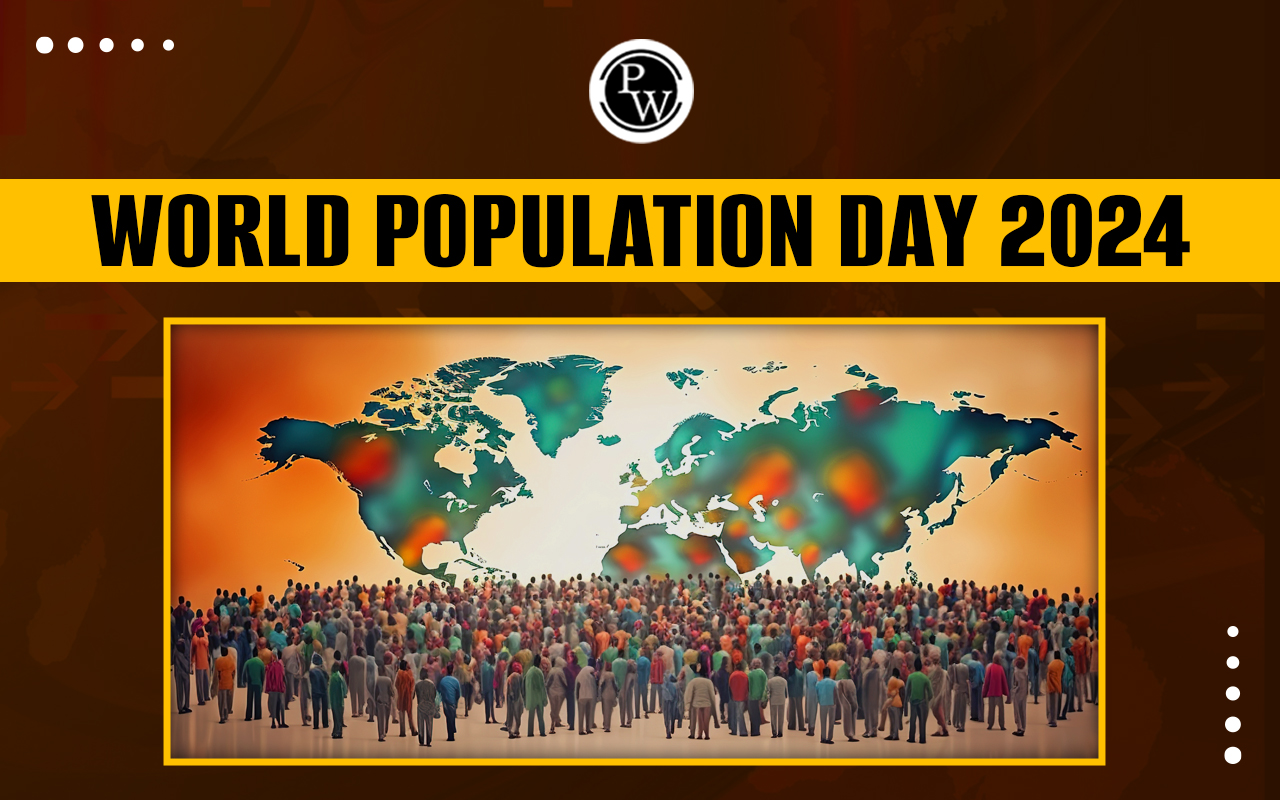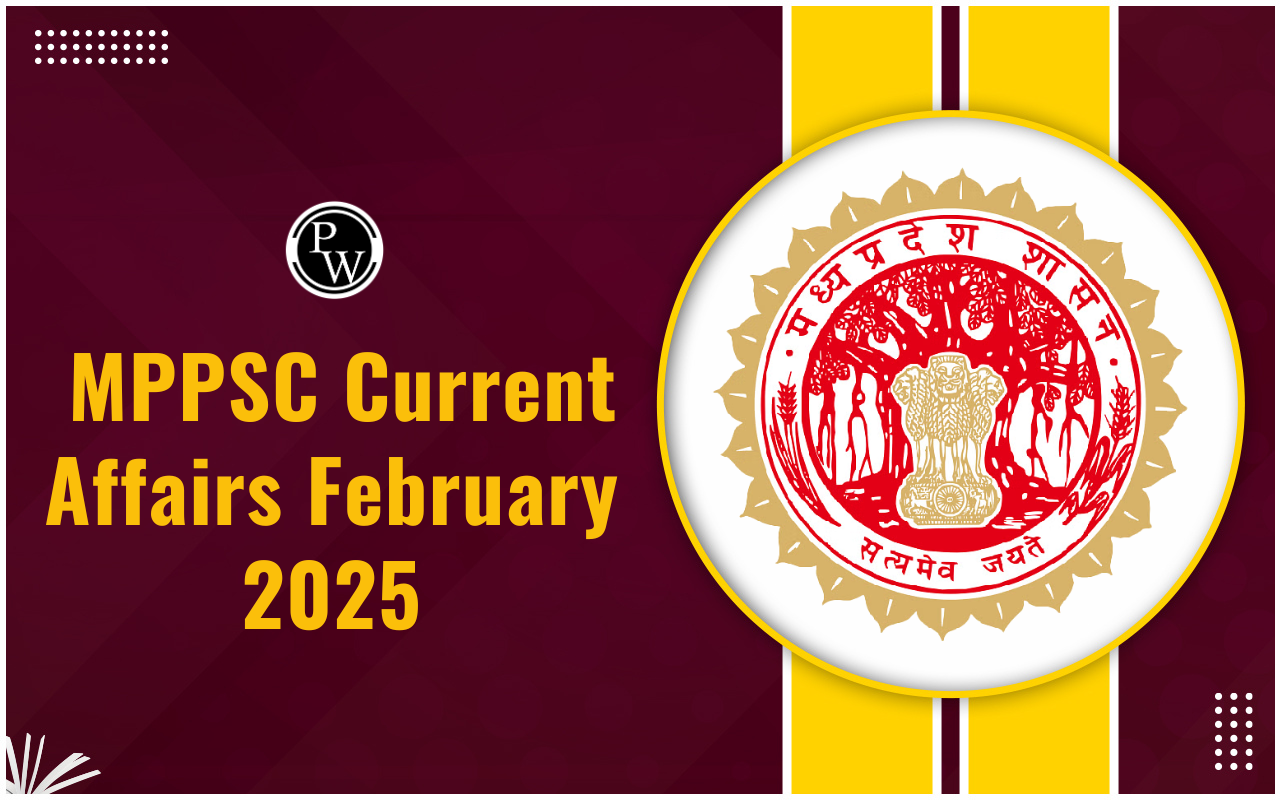

Tropic of Cancer and Capricorn: The Tropic of Cancer and Tropic of Capricorn are imaginary lines on Earth located at latitudes 23.5° north and south of the equator. They are the farthest points north and south of the equator where the sun shines directly overhead at noon. Read more about these significant latitudes and their geographical significance in this article.
Tropic of Cancer and Capricorn
The Tropic of Cancer and the Tropic of Capricorn are important latitudes situated 23.5 degrees north and south of the equator. They define the edges of Earth's tropical climate zone. Knowing their positions and significance helps explain natural processes and where life thrives on our planet.| Tropic of Cancer and Capricorn | ||
| Aspect | Tropic of Cancer | Tropic of Capricorn |
| Location | 23.5 degrees North of the Equator | 23.5 degrees South of the Equator |
| Hemisphere | Northern Hemisphere | Southern Hemisphere |
| Sun’s Position | Sun can be directly overhead at noon twice a year | Sun can be directly overhead at noon twice a year |
| Seasons | Experiences summer solstice in June | Experiences summer solstice in December |
| and winter solstice in December | and winter solstice in June | |
| Temperatures | Generally warmer temperatures due to its | Generally cooler temperatures due to its |
| proximity to the equator | distance from the equator | |
Tropic of Cancer
The Tropic of Cancer, located 23.5 degrees north of the equator, marks where the sun is directly overhead during the summer solstice, impacting seasonal weather changes across the northern hemisphere.- Location: The Tropic of Cancer is located approximately 23.5 degrees north of the equator and passes through 16 countries across three continents, including Mexico, Egypt, and India, as well as several bodies of water such as the Gulf of Mexico.
- Sun’s Position: On June 21st each year, during the summer solstice, the sun is directly overhead at noon at the Tropic of Cancer. This marks the northernmost point where this phenomenon occurs, casting no shadows at midday.
- Seasons: The Tropic of Cancer experiences the summer solstice in June and the winter solstice in December. These astronomical events significantly influence the seasonal changes in temperature and weather patterns across the northern hemisphere.
- Temperature: Due to its close proximity to the equator, the Tropic of Cancer generally enjoys warmer temperatures year-round. This warmth contributes to the region's classification within the tropical climate zone, characterized by high temperatures and distinct wet and dry seasons.
Tropic of Capricorn
The Tropic of Capricorn, located about 23.5 degrees south of the equator, experiences direct overhead sunlight during the December summer solstice, influencing seasonal climate variations in the southern hemisphere.- Location: Positioned approximately 23.5 degrees south of the equator, the Tropic of Capricorn spans across ten countries, three continents, and three major water bodies. It passes through regions including Brazil, Australia, and the Indian Ocean.
- Sun’s Position: Around December 21st each year, during the summer solstice in the southern hemisphere, the sun is directly overhead at noon at the Tropic of Capricorn. This marks the southernmost point where this phenomenon occurs, casting no shadows at midday.
- Seasons: The Tropic of Capricorn experiences the summer solstice in December and the winter solstice in June. These astronomical events play a crucial role in shaping the seasonal variations in temperature and climate conditions across the southern hemisphere.
- Temperature: Compared to the Tropic of Cancer, the Tropic of Capricorn generally experiences cooler temperatures. This is due to its greater distance from the equator and the tilt of the Earth's axis, which affects the angle at which sunlight reaches the region.
Importance of the Tropic of Cancer
The Tropic of Cancer marks the northern limit of the tropical climate zone, where direct sunlight supports warm temperatures and diverse ecosystems. Here are the importance of the Tropic of Cancer culture.- Boundary of Tropical Climate Zone: The Tropic of Cancer marks the northern edge of the tropical climate zone. Here, direct sunlight warms the region, fostering diverse ecosystems.
- Seasonal Influence: In the Northern Hemisphere, the Tropic of Cancer plays a pivotal role in seasonal changes. During the summer solstice around June 21st, the sun is directly overhead here, impacting weather patterns and agricultural cycles.
- Cultural Significance: Across history, civilizations have revered celestial events tied to the Tropic of Cancer. The summer solstice, a time of abundant sunlight, is celebrated globally as a symbol of renewal and fertility.
- Biodiversity: Areas near the T ropic of Cancer, such as tropical rainforests and deserts, boast rich biodiversity. Protecting these habitats is crucial for preserving global biodiversity and ecosystem stability.
Importance of the Tropic of Capricorn
The Tropic of Capricorn serves as the southern boundary of the tropical climate zone, impacting local climates during the summer solstice in December. Understanding the importance of the Tropic of Capricorn helps grasp its role in seasonal variations, ecological diversity, and cultural heritage in the Southern Hemisphere.- Boundary of Tropical Climate Zone: Similar to its northern counterpart, the Tropic of Capricorn marks the southern boundary of the tropical climate zone. Here, direct sunlight during the summer solstice influences local climates.
- Seasonal Impact: In the Southern Hemisphere, the Tropic of Capricorn experiences the summer solstice around December 21st. This event shapes seasonal variations, affecting weather and agricultural patterns south of the equator.
- Ecological Diversity: Surrounding regions like the Amazon Rainforest and Australian Outback showcase unique ecosystems adapted to diverse climates. Conservation efforts are vital to safeguard these habitats and their endemic species.
- Cultural Heritage: Indigenous cultures and ancient civilizations residing near the Tropic of Capricorn have developed traditions around celestial events and seasonal changes. These traditions reflect deep connections to nature and the environment.
Difference between Tropic of Cancer and Capricorn
The Tropic of Cancer and the Tropic of Capricorn are significant latitudes located 23.5 degrees north and south of the equator, respectively. Here are the key differences between them:Location:
- Tropic of Cancer: Situated at 23.5 degrees north of the equator, it passes through countries like Mexico, Egypt, and India in the Northern Hemisphere.
- Tropic of Capricorn: Positioned at 23.5 degrees south of the equator, it crosses through regions including Brazil, Australia, and parts of the Indian Ocean in the Southern Hemisphere.
Sun’s Position:
- Both latitudes experience the sun directly overhead at noon twice a year during the solstices (June and December), marking the longest days of the year in their respective hemispheres.
Seasonal Variation:
- Tropic of Cancer: Experiences the summer solstice in June and the winter solstice in December, influencing weather patterns and agricultural cycles in the Northern Hemisphere.
- Tropic of Capricorn: Experiences the summer solstice in December and the winter solstice in June, impacting seasonal variations in temperature and climate conditions across the Southern Hemisphere.
Temperature:
- Tropic of Cancer: Generally enjoys warmer temperatures year-round due to its proximity to the equator, contributing to a tropical climate zone characterized by distinct wet and dry seasons.
- Tropic of Capricorn: Generally experiences cooler temperatures compared to the Tropic of Cancer, owing to its greater distance from the equator and the angle at which sunlight reaches the region.
Tropic of Cancer and Capricorn FAQs
What are the Tropic of Cancer and Tropic of Capricorn?
The Tropic of Cancer and the Tropic of Capricorn are imaginary lines located at 23.5 degrees north and south of the equator, respectively. They mark the farthest points where the sun can appear directly overhead at noon.
Where are the Tropic of Cancer and Tropic of Capricorn located?
The Tropic of Cancer is situated in the Northern Hemisphere, passing through countries like Mexico, Egypt, and India. The Tropic of Capricorn is in the Southern Hemisphere, crossing through Brazil, Australia, and parts of the Indian Ocean.
What is the significance of the Tropic of Cancer and Tropic of Capricorn?
These latitudes define the boundaries of Earth's tropical climate zone. They experience the most direct sunlight during the respective summer solstices, influencing local climates, seasonal changes, and biodiversity in tropical regions.
How do the Tropic of Cancer and Tropic of Capricorn affect seasons?
The Tropic of Cancer experiences the summer solstice in June, while the Tropic of Capricorn experiences it in December. These events mark the longest day of the year in their respective hemispheres and impact weather patterns and agricultural cycles.
Why are the Tropic of Cancer and Tropic of Capricorn culturally significant?
Throughout history, these latitudes have been celebrated for their association with celestial events like the summer solstice. Cultures around the world have traditions and ceremonies tied to these events, symbolizing renewal, fertility, and connection to nature.
🔥 Trending Blogs
Talk to a counsellorHave doubts? Our support team will be happy to assist you!

Check out these Related Articles
Free Learning Resources
PW Books
Notes (Class 10-12)
PW Study Materials
Notes (Class 6-9)
Ncert Solutions
Govt Exams
Class 6th to 12th Online Courses
Govt Job Exams Courses
UPSC Coaching
Defence Exam Coaching
Gate Exam Coaching
Other Exams
Know about Physics Wallah
Physics Wallah is an Indian edtech platform that provides accessible & comprehensive learning experiences to students from Class 6th to postgraduate level. We also provide extensive NCERT solutions, sample paper, NEET, JEE Mains, BITSAT previous year papers & more such resources to students. Physics Wallah also caters to over 3.5 million registered students and over 78 lakh+ Youtube subscribers with 4.8 rating on its app.
We Stand Out because
We provide students with intensive courses with India’s qualified & experienced faculties & mentors. PW strives to make the learning experience comprehensive and accessible for students of all sections of society. We believe in empowering every single student who couldn't dream of a good career in engineering and medical field earlier.
Our Key Focus Areas
Physics Wallah's main focus is to make the learning experience as economical as possible for all students. With our affordable courses like Lakshya, Udaan and Arjuna and many others, we have been able to provide a platform for lakhs of aspirants. From providing Chemistry, Maths, Physics formula to giving e-books of eminent authors like RD Sharma, RS Aggarwal and Lakhmir Singh, PW focuses on every single student's need for preparation.
What Makes Us Different
Physics Wallah strives to develop a comprehensive pedagogical structure for students, where they get a state-of-the-art learning experience with study material and resources. Apart from catering students preparing for JEE Mains and NEET, PW also provides study material for each state board like Uttar Pradesh, Bihar, and others
Copyright © 2025 Physicswallah Limited All rights reserved.
Get App











